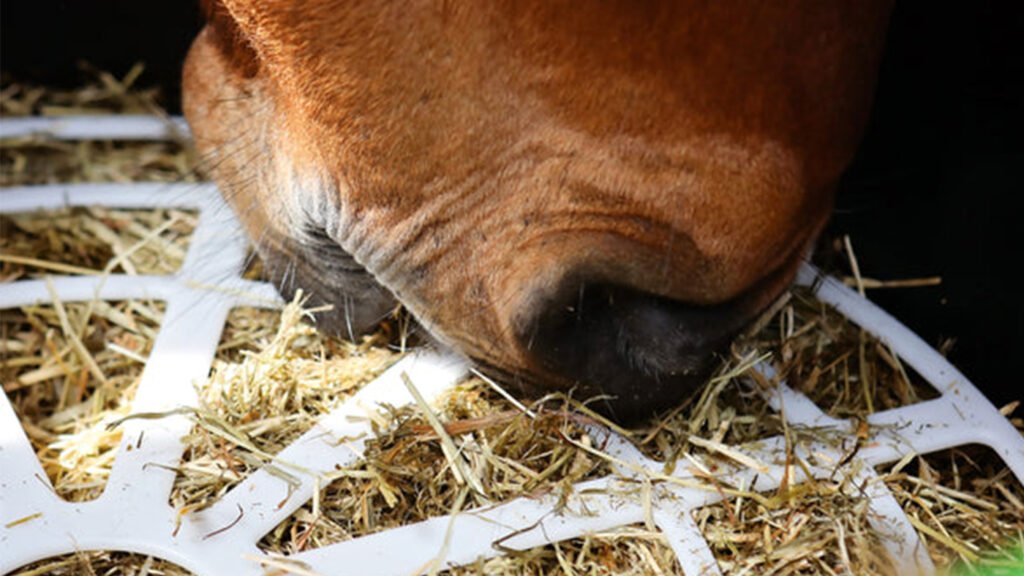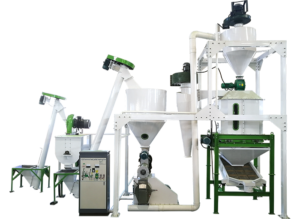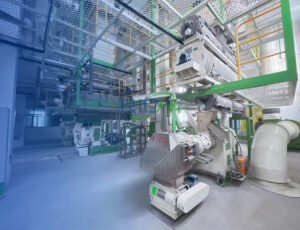
Feeder designed to allow cattle, sheep, horses, and other livestock to eat more ‘effectively’ typically incorporates features that promote easy access to feed, minimize waste, and support the natural eating behaviors of the animals. The goal of such a feeder is to enhance the efficiency of feed consumption, ensuring that the animals can access their food without struggle, reducing the amount of feed that is spilled or spoiled, and promoting a healthy eating posture and behavior. Here are some aspects of how these feeders are designed for effectiveness:
Easy Access
- Adjustable Height: For animals of different sizes or ages, adjustable height feeders can ensure that they can eat comfortably without straining their necks or bodies.
- Bar Spacing: Designed to prevent animals from climbing into the feeder or wasting feed while still allowing easy access to the feed.
Minimize Waste
- Edge Design: Feeders often have edges or lips that prevent feed from being pushed out easily, reducing spillage.
- Catch Trays: Some designs include catch trays or areas where spilled feed can collect for later consumption, further reducing waste.
Support Natural Eating Behaviors
- Multiple Feeding Stations: To mimic natural foraging and ensure that more submissive animals have access to feed, feeders can have multiple stations or areas where animals can eat.
- Slow Feeding: For certain animals, like horses, slow feeder designs that mimic natural grazing patterns and slow down the rate of feed consumption can improve digestion and reduce the risk of choking and other feeding-related issues.
Durability and Safety
- Robust Materials: Durable materials that can withstand the elements and the animals’ strength ensure the longevity of the feeder.
- Safe Design: Smooth edges and materials that won’t splinter or break easily to prevent injuries to the animals.
Efficiency and Health
- Promotes Healthy Posture: Designs that encourage a natural eating posture can aid in digestion and reduce the risk of musculoskeletal issues.
- Ease of Cleaning: Easy-to-clean designs help maintain hygiene around feeding areas, reducing the risk of disease.
These features combined make feeders more effective, not only in delivering feed to livestock but also in supporting the animals’ overall well-being, reducing the workload for the farm, and improving the economic efficiency of the operation through reduced feed costs and improved animal health.

Let’s consider an example of an effective feeder design for horses, known as a “slow feeder.” A slow feeder is specifically designed to mimic natural grazing behaviors, which is crucial for horses’ digestive and mental health. Traditional feeding methods often involve giving horses two or three large meals of concentrated feed per day, which can lead to digestive issues and boredom. A slow feeder addresses these concerns with its design features:
Design Features of a Slow Feeder:
- Small Openings: The feeder has a grid or net with small openings that allow the horse to only pull out small amounts of hay at a time. This simulates the natural, slow grazing process.
- Durable Material: Made from sturdy materials such as hard plastic or metal for the frame and strong nylon for nets, it withstands the horse’s continuous interaction.
- Stable and Safe Structure: The feeder is designed to be stable, preventing tipping over, and has no sharp edges to protect the horse from injury.
Effectiveness Proof:
- Reduced Waste: Traditional hay feeding can result in up to 20% waste due to trampling and soiling. Slow feeders significantly reduce this waste, as the hay is contained within the feeder, and horses can only access small amounts at a time.
- Improved Digestive Health: By mimicking natural grazing, slow feeders ensure continuous forage intake, which is essential for maintaining gut health and preventing gastric ulcers and colic in horses.
- Enhanced Mental Stimulation: The challenge of extracting hay from a slow feeder keeps horses engaged and mentally stimulated, reducing boredom and associated behavioral issues like cribbing or weaving.
- Economic Efficiency: By minimizing waste and improving health (thereby potentially reducing veterinary bills), the slow feeder proves to be economically efficient over time.
An observational study or practical application of slow feeders in a horse stable can reveal these benefits. For example, a stable that transitions from traditional feeding methods to using slow feeders may observe a decrease in hay waste, fewer instances of colic, and improved behavior among the horses. This transition demonstrates the feeder’s effectiveness in promoting a more natural eating pattern, which translates to better health and reduced costs for the stable.






